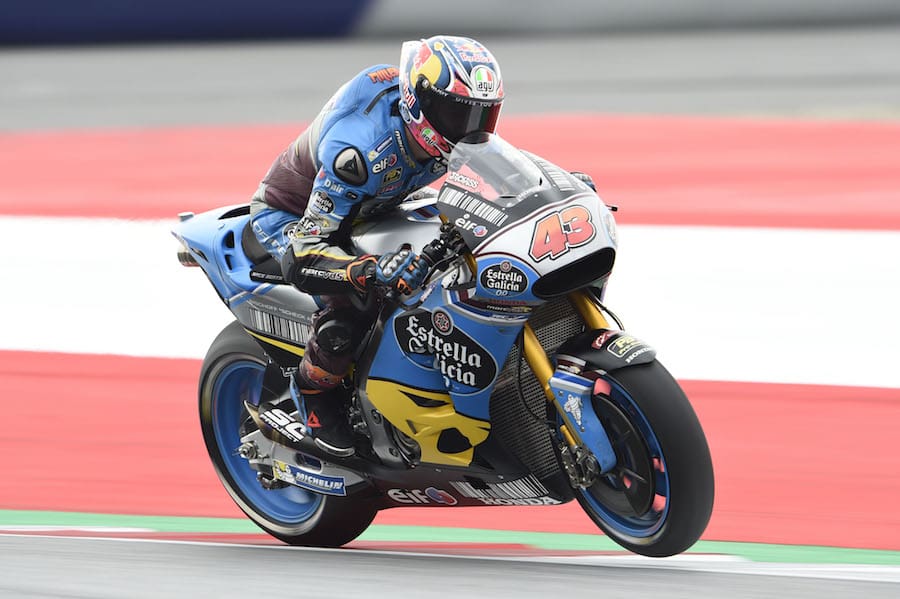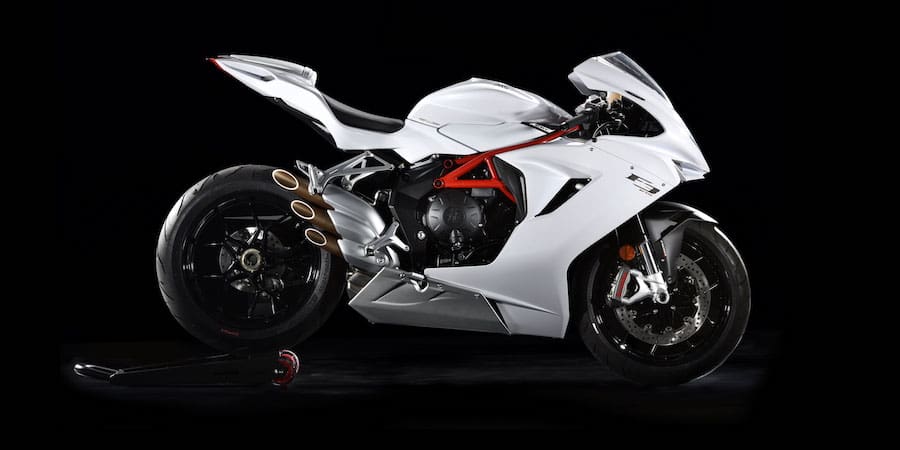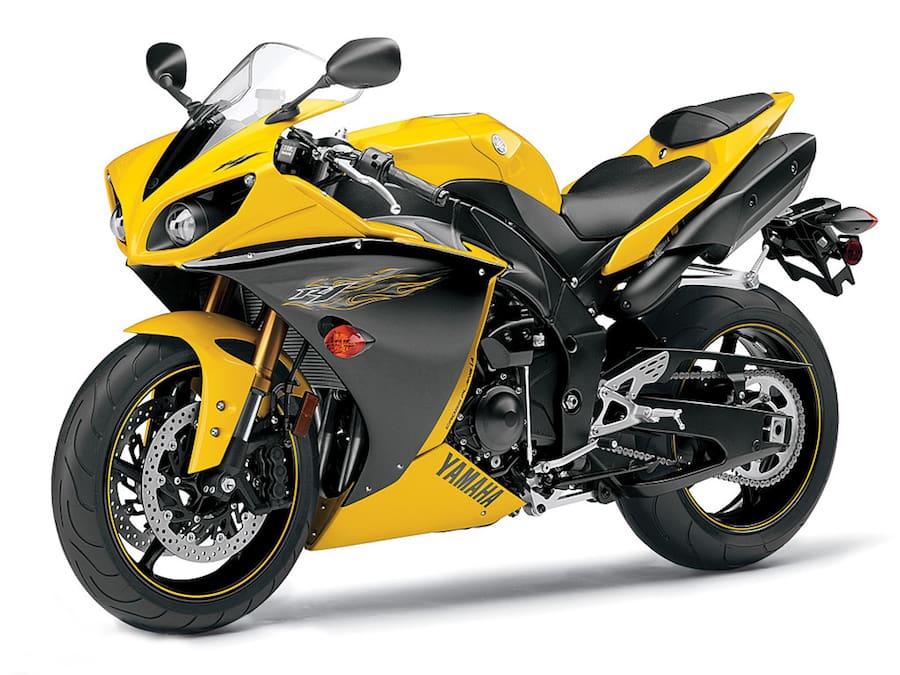Are you a newbie to newton-metres or coy about kilowatts? Don’t know your head nuts from your bottom end, and too afraid to ask what your thrust flange looks like? Listen up
1 What’s all this I hear about back-to-front motors in MotoGP?
For the first time in the history of premier-class grand prix racing, every motorcycle on the MotoGP grid now has a crankshaft that spins in the opposite direction to its wheels, and opposite to almost every production bike engine.
But a counter rotating crank isn’t by any means a new phenomenon. Engine designers have argued the benefits and burdens of crank rotation in various directions since grandma’s scooter ran on steam.
So why is there a sudden consensus at the pinnacle of motorcycle sport?
Well, never before has there been so much power available as on modern MotoGP bikes, with so much grip to transmit it to the tarmac. And we all know what that means, kids – dirty great big wheelies! Not only does a counter-rotating crank increase a bike’s agility by counteracting the rotational inertia of the wheels, its inertia also acts as an anti-wheelie device, enabling more engine power and rear wheel grip to be converted into forward motion.
To understand how this works, imagine that the bike’s crankshaft remains static and the rest of the bike is spinning around the crank’s axis. See what’s happening? The bike is spinning forward, so the front wheel is being pushed into the ground. With a forward-rotating crankshaft the opposite is happening, and the front wheel is being lifted. Fun, but not fast.

2 If it works so good, why don’t all bike engines spin backwards?
The main reason is it adds complexity and unwanted friction to an engine by requiring an extra gear to turn the output shaft in the correct direction. Obviously if you were to just reverse the crank rotation of any given engine it would also result in the bike travelling in reverse. Great for a party trick or circus act. Not so great for getting from A to B.
The extra weight, complexity and frictional losses involved in spinning an extra gear makes no sense for most motorcycle designs, but are an acceptable evil for MotoGP bikes. Their engines produce far more power than can be used most of the time, so anything that reduces tendency to wheelie and therefore more effectively utilises that overabundance of power is a compromise worth considering. Or, as it now seems, one MotoGP teams believe they simply cannot do without.

3 What’s so good about a big bang, and what’s not to like about a screamer!?
Imagine an angry man with four fists. Now imagine inadvertently staring at the guy just a little too long. Then, in a panic to pretend you weren’t really eyeballing his extraordinary appendages, you spin around and knock his four Bundy and Cokes flying.
Unfortunately for you, Mr Angry is also a screamer. Four fists perfectly timed to land in rapid sequence. As the first fist smashes your spectacles, the second is half way through its power stroke, the third is halfway through its recovery stroke, and the fourth is at full recoil and ready to fire. The onslaught is relentless, giving you no time to recover or stabilise, never mind apologise.
If Mr Angry had been to the Big Bang School of Brutality, you might have stood a chance. Sure, fists landing simultaneously in sets of two will produce a bigger single impact, but the time between hits also gives you an opportunity to regain composure, find grip and get the Falcon hell out of there.
Relating this back to bikes, big bang means that, instead of the flurry of mad power strokes of a conventional four-cylinder, you get the spaced-out firing order of a V-twin with all its torquey, grip-seeking loveliness.

4 What is a powerband, where can I buy one, and do they only work on two-strokers?
Wow, we really are back to basics here. Yes, it is true that some poor misguided faecal-feeders will still talk about powerbands like they are amazing elasticulated* superchargers that, when bolted adjacent to the torque-twine*, will fling any two-stroke ringdinger into hyperdrive so fast it’ll make your eyes bleed out of your anus.
Unfortunately, this is totally twallop (ie. not true).
Powerband is purely a term for the range of rpm where an engine produces its strongest power. Some bikes have extremely linear power delivery, and therefore no discernible specific powerband can be identified. Others produce a sudden power kick as the engine reaches its optimum rpm, then tail off as the engine speed exceeds its optimum working level. This range is the powerband. Sudden and narrow powerbands are common for small-capacity competition engines, particularly two-strokes, but any type of engine can be tuned to have a ‘wicked’ powerband, man.

5 I reckon Ducatis look abso-bloody-lutely Desmolicious, but I haven’t got the Foggy’s what the hell that means
Desmo is a term that has been around since Nonno was a bambino and is an abbreviation of desmodromic, which refers to the desmodromically operated valves in a Ducati’s cylinder head.
Put simply, rather than opening the valves with a camshaft and relying on compressed springs to close them – as on most conventional four-stroke bike engines – a Desmo executes both opening and closing of the valves via a camshaft.
The beauty of the desmodromic system is it eliminates the highly variable and volatile nature of coil springs, also known as valve float or valve bounce. This is particularly important at high rpm, when a spring is forced to work outside its range due to over-revving the engine, can easily lose control of the valve. Generally, a desmodromic system offers more accurate and consistent control of valve operation for improved combustion chamber efficiency and performance, but can also have less tolerance for incorrect set-up and servicing.

WORDS Paul Young Photography AMCN ARCHIVES